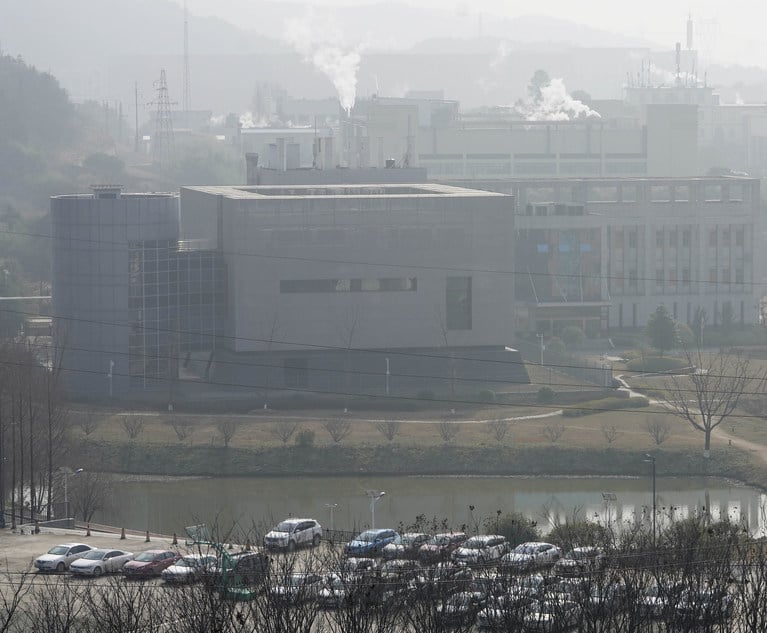On Nov. 21, the new EB-5 regulations went into effect, ushering in long-anticipated changes to the immigrant investor program. The EB-5 immigrant investor visa program, created in 1990 by the Immigration Act of 1990, provides a method for eligible immigrant investors to become lawful permanent residents by investing at least $500,000 to finance a business in the United States that will employ at least 10 American workers. The most notable change to the program for potential immigrant investors is the minimum investment amounts. The standard minimum investment amount has increased from $1 million to $1.8 million, and investments in a targeted employment area (TEA) have increased from $500,000 to $900,000. While this seems like a drastic increase, the minimum investment amounts have remained the same for the past three decades, since the inception of the EB-5 program in 1990. Therefore, the increase represents an adjustment for inflation, reflecting the present-day value of the investment amounts established by Congress in 1990. However, the long-term effects on the program and the U.S. economy remain to be seen. Regardless of the rationale, the increase will most likely shrink the pool of prospective investors who have the means to make such an investment.
TEA designation is another change under the new regulations. A TEA is a rural area or an area with a high unemployment rate, which is defined as at least 150% of the national average rate. The new regulations eliminate the ability of a state to determine what qualifies as a TEA and instead TEAs will be designated by the U.S. Department of Homeland Security (DHS) after the investment is made. In addition, specifically designated high-unemployment TEAs will now consist of a combination of census tracts that include the tract or contiguous tracts in which the new commercial enterprise is principally doing business, including any or all directly adjacent tracts. Further, provided that they have experienced an average unemployment rate of at least 150% of the national average unemployment rate, TEAs may now include cities and towns with populations of 20,000 or more outside of metropolitan statistical areas. These changes may cause some investments and projects to no longer qualify as being in a TEA, especially those in big cities, and will likely cause more delays in adjudication if DHS is tasked with determining TEA designations for all projects.


 Vicki Li of Klasko Immigration Law Partners
Vicki Li of Klasko Immigration Law Partners




